How to grow Eriophorum
Eriophorum is a genus of around 20 species of vigorous, spreading perennials belonging to the sedge family. It grows in consistently moist conditions, such as the margins of ponds and lakes, bogs, and marshes.
Eriophorum bears tough, slender, needle-like leaves which can be evergreen or semi-evergreen, depending on winter temperatures. In summer these are joined by masses of fluffy white flowerheads, giving rise to the common name of ‘cotton grass’.
Eriophorum makes an attractive and unusual addition to wildlife ponds and bog gardens.

Key Information
Position
Soil Conditions
Hardiness

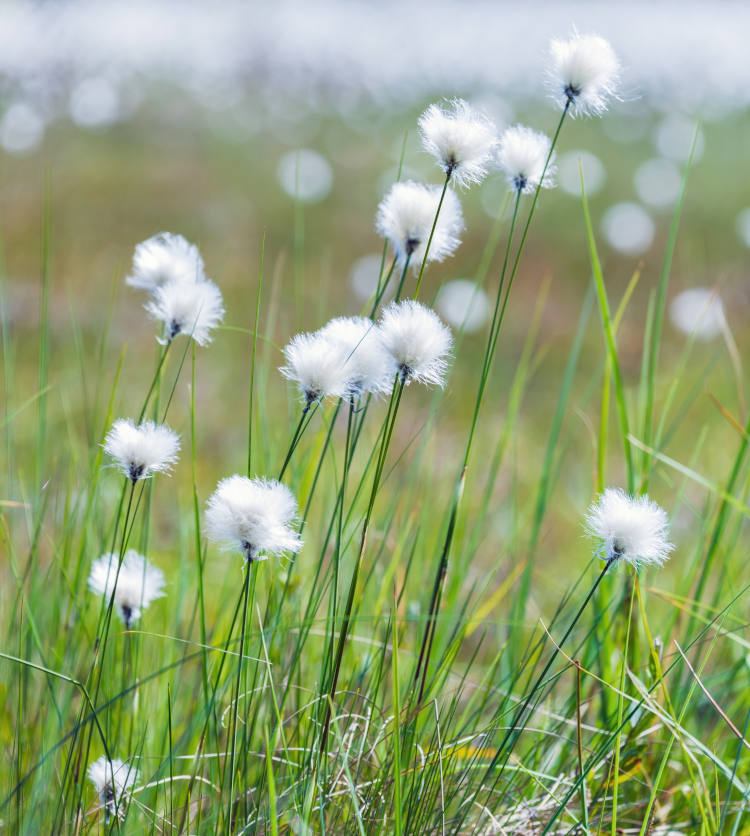
Where & when to plant Eriophorum
Position- Full sun
Soil- Acidic and poorly drained
Flowering Period- Summer
Hardiness- Hardy
For best results, plant marginal aquatic plants in late spring to early summer as the water is beginning to warm up.
Eriophorum is suitable for growing in water up to 5cm deep (so at the shallow edges of a pond or lake), or in a bog garden. It can be grown directly into soil, or in an aquatic planting basket filled with a specialist compost.
How to plant Eriophorum
Directly into soil
- Choose a spot alongside shallow water, or in a bog garden.
- Clear the area of weeds.
- Dig a planting hole several times larger than the root ball.
- Place the plant in the hole, ensuring the top of the root ball sits level with the surface of the soil.
- Backfill with soil and firm in gently.
- Soak well with water (not necessary in a bog garden!).
- Mulch with well-rotted organic matter.
Using an aquatic planting basket
- Choose an appropriately sized basket. Unless it has very fine mesh, line with hessian or polypropylene fabric to prevent the compost from washing out.
- Part fill with a specialist aquatic compost. Resist the temptation to use normal potting compost, as this contains fertilisers which will leach out into the water and cause harm to the aquatic ecosystem.
- Position the eriophorum in the basket so it sits at the same depth as in the original container.
- Infill around it with more of the aquatic compost, firming in as you go.
- Mulch with grit or fine gravel to prevent the surface of the compost becoming stirred up into the water.
- Submerge into the water, ensuring the top of the basket remains no more than 5cm beneath the surface of the water. You may need to weigh down with rocks until the compost becomes fully saturated, after which it should remain in place.
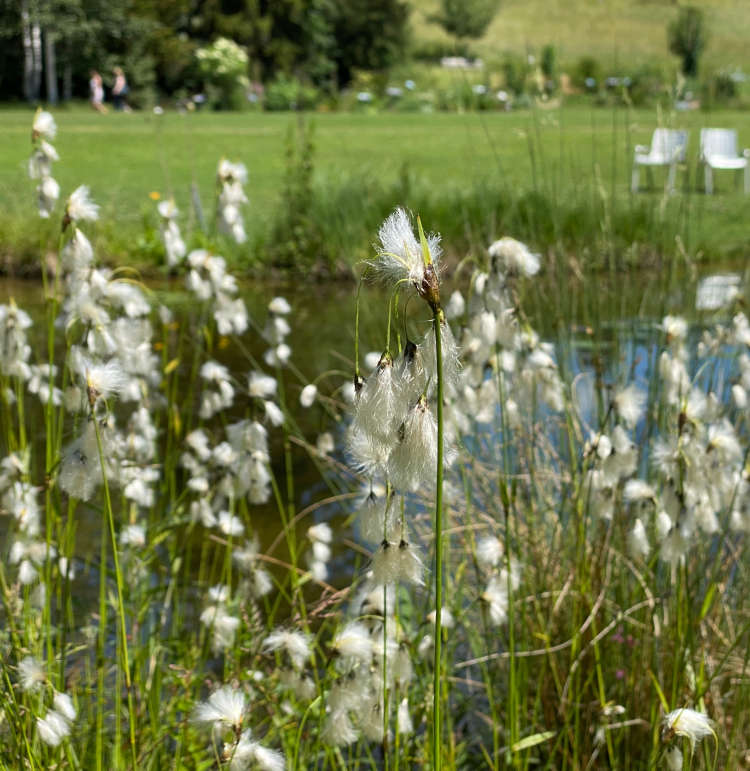
What to plant with Eriophorum
Marginal plants can transform the edge of a pond from something bleak and artificial to a natural-looking, wildlife haven. For best results use as wide a range of plants as possible. We recommend Menyanthes trifoliata, Viola palustris, Veronica beccabunga, Persicaria amphibia, and Baldellia ranunculoides.
Alternatively, take a look at our pond collections for inspiration; Beginners Aquatic Plant Collection, Bog Plant Collection and Foliage Aquatic Plant Collection
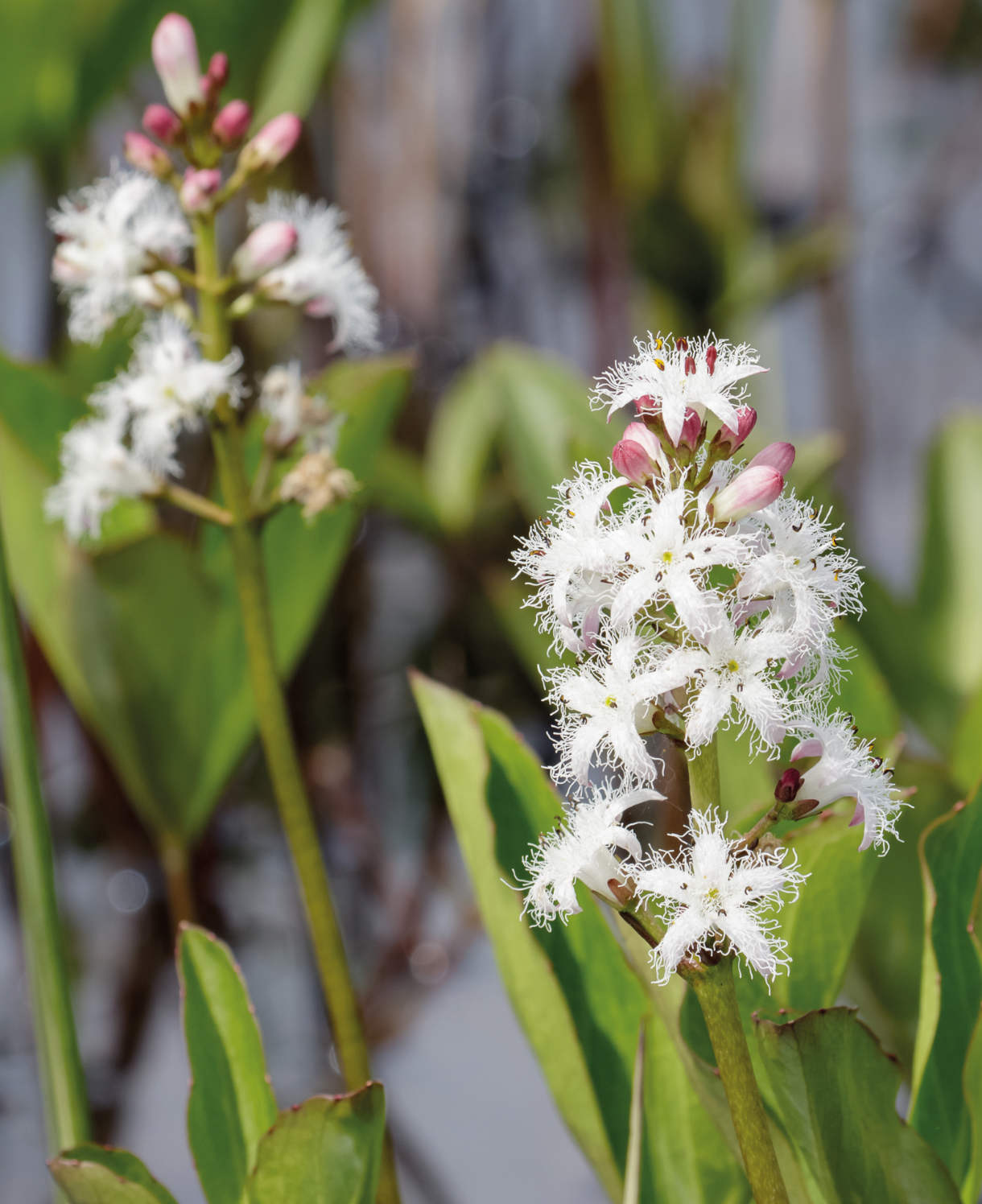
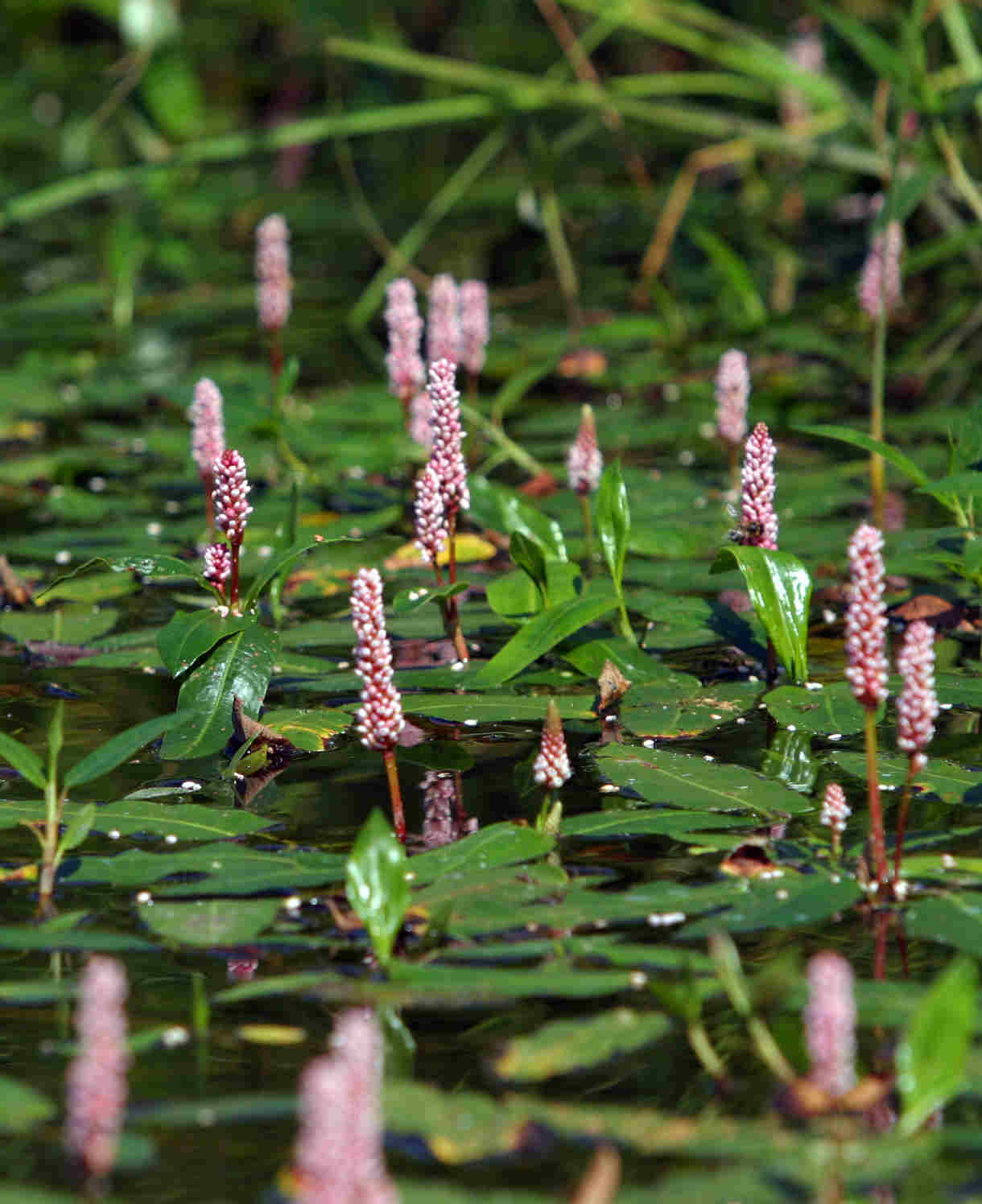
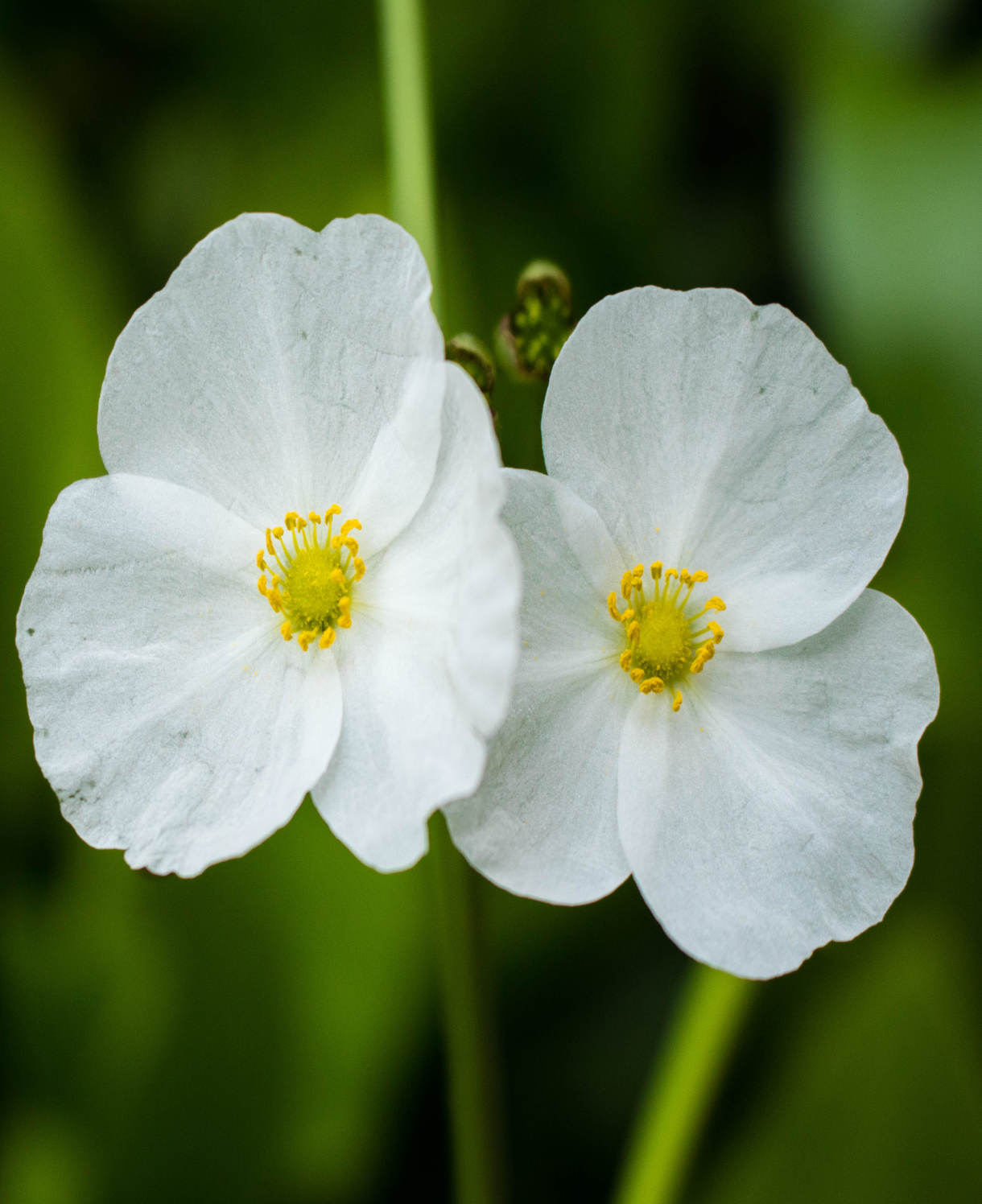
How to care for Eriophorum
Pruning and Deadheading
Regular deadheading will encourage the formation of further flowers and keep the plant looking neat.
Eriophorum does not require pruning, though it may shed some leaves during the colder months which can be tidied away if you wish.
Watering
This is a moisture-loving marginal plant and must not be allowed to dry out. While this is unlikely to be a problem for those submerged in the shallows of a pond or grown in a bog garden, eriophorum planted in the soil next to a pond will need to be monitored during periods of summer drought. A mulch of well-rotted organic matter or bark chippings at least once a year will help to lock in moisture.
Cold Protection
Eriophorum is as hardy as it gets, able to withstand temperatures of down to -20°C and beyond. It does not require any winter protection.
Pests and Diseases
Eriophorum tends to be trouble-free.
How to propagate Eriophorum
Established clumps can be divided in late spring to early summer. Not only does this provide new plants, but in the case of eriophorum grown directly in the ground, it controls a natural tendency to spread vigorously.
- Choose a day when conditions are not frozen.
- Dig the plant out of the ground or remove it from the planting basket.
- Shake off any excess soil.
- Separate the plant into sections using either by teasing apart with your hands, or two forks inserted back-to-back with tines touching, handles then pushed together to prise the plant apart. If the rootball is very congested, a sharp serrated knife can be used to cut it into pieces, ensuring each has a growing tip and good amount of roots.
- Discard old, damaged, or surplus pieces, keeping healthy, vigorous material.
- Replant or repot selected pieces, as above in ‘How to plant eriophorum’.
Common Eriophorum questions
- How tall is cotton grass?
Eriophorum tends to reach between 30 and 50cm in height. - Does eriophorum have any interesting uses?
Historical records show the fluffy flowerheads of this plant being used to stuff pillows in Sussex, and dress wounds during the First World War in Scotland. - Does eriophorum spread?
Yes, left to its own devices this rhizomatous plant will spread rapidly. Fortunately, growing it in an aquatic basket contains its spread, as does lifting and dividing every few years (see above in ‘How to propagate eriophorum’). - Where does eriophorum grow wild?
The many species of this genus occur throughout Europe, southern Africa, and North America. There are four species native to the British Isles, of which Eriophorum angustifolium is the most common. This can be seen dotting the boggy moorland and heaths across our landscape.




